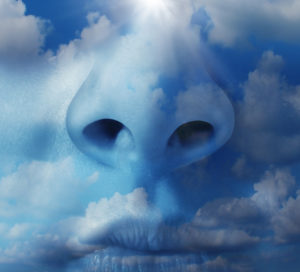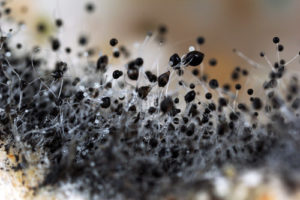Guess What? Black Mold is Not Always Black!

Information on Black Mold
It might be hard to believe, but it’s true. Black mold isn’t always black. That means it could be lurking in your home right now, completely unidentified, making you and your family sick. It’s important to get the facts about it, and your Manhattan mold removal experts are here to help.
What Kind of Mold is in Your Home?
People often see black-colored mold and assume that it’s toxic when it might not be. There are more than 100,000 mold species, and they come in just about every shape, size and color you can think of. It can be nearly impossible for a layperson to identify whether a certain species is dangerous or not. Doing so requires the help of a professional.
Should You Have Your Home Tested for Black Mold?
It may surprise you to learn that the CDC recommends not testing for black mold simply because the results may not be accurate. Not only that, but testing isn’t really necessary because the mold will need to be removed regardless of the results. If anything, testing will only slow down the removal process while you wait for results.
When Should You Call For Manhattan Mold Removal?
The best time to call a professional for Manhattan mold removal is when you first spot mold in your home. It might be a minor problem, or it might be a major one. Either way, it doesn’t take long to spread, so taking care of it quickly is important.
At Stern Mold, we offer free inspections. Contact us!




